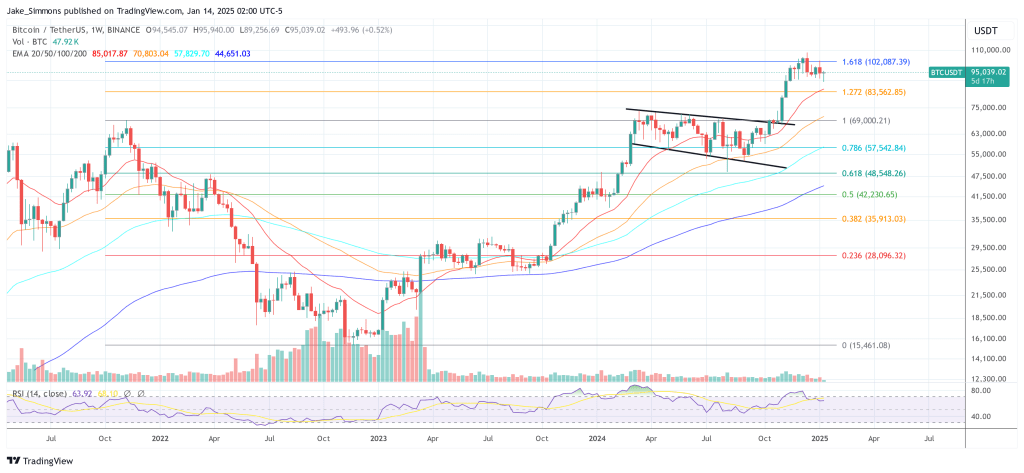TL;DR - The video streaming industry has a much larger carbon footprint than the Bitcoin blockchain. This isn't what-about-ism. As much as 60% of America's produced energy on the grid is wasted or unused. The future of mining could find renewable energy trickling into Non-bitcoin mining industry, including the mainstream grid. source - listen for 60 seconds
Rationale: I've tried very hard to find recent and comprehensive data that details present day carbon emissions on the Bitcoin blockchain but when I search that, all I find is a shitcoin CEO's paid shill campaign on Google. I had to find an article from March 2020 and follow assumed uniformity. The data here is somewhat cherry-picked.
https://www.bbc.com/future/article/20200305-why-your-internet-habits-are-not-as-clean-as-you-think
Those who have been tempted by cryptocurrencies might also want to think carefully about the environmental impact of the transactions they conduct. Vast amounts of computing power are needed for the so-called “proof of work” algorithm that is used to validate transactions on Blockchain's distributed ledger system. One recent study estimated that BitCoin alone is responsible for around 22m tonnes of carbon dioxide emissions every year – greater than all the carbon footprint of the whole of Jordan.
Watching online videos accounts for the biggest chunk of the world's internet traffic – 60% – and generates 300m tonnes of carbon dioxide a year, which is roughly 1% of global emissions, according to French think tank, The Shift Project. This is because, as well as the power used by devices, energy is consumed by the servers and networks that distribute the content.
The above article is dated March 6, 2020. Let's see where the hashrate (mining power) was back then: 128 million terrahashes: https://www.blockchain.com/charts/hash-rate - click "all" in the lower left-hand corner of this graph.
March 7th 2020 hashrate: https://imgur.com/a/qL26hgq
April 30th, 2022 hashrate: https://imgur.com/VCh4hPw
As you can see, the hashrate has nearly doubled in the 2 years since the BBC article was published, but not quite. However, if we wind back the clock to March 6th, 2018, we see that the Bitcoin blockchain's hashrate was 4x lower than it was in March 7th 2020. We can logically deduct that the growth of the Bitcoin blockchain's hashrate will not grow at an uncontrollable pace.
March 6th 2018 hashrate: https://imgur.com/R6dmP6k
Caveat: If we assume that the Bitcoin blockchain emits a uniform amount of Carbon today that it was on March 6th 2020, the same date that the BBC published the article that I posted above, then that means the bitcoin blockchain emits 44m tons of carbon each year. However, if you think the video streaming industry hasn't grown since that article was published, I beckon you to do some research despite Netflix's recent 70% stock value crash.
Future trends - renewables being given to non-Bitcoin mining people:
If you've built a gaming PC recently, you may have noticed that GPUs are finally affordable again and this is because GPU mining is now unprofitable. I bought an ASIC (Antminer S9) in December 2017 for 2500 USD. 9 months later that same device was selling for 300 USD. Now it sells on Amazon for about 800 USD. The price of these devices depends on the price of Bitcoin, as well as the amount available to be mined and the miners' electricity costs. The modern day strongest BTC mining devices cost at least 16,000 USD apiece. The miners who are running smaller mining farms (let's say 5 or 10 of these devices) may eventually will likely get phased out of the market because they can't afford to order enough of these devices in bulk whereas the already large and established mining operations that own hundreds or thousands of these devices can. Eventually the smaller miners will be forced to liquidate everything that they have, including their renewable energy sources, which will find their way back in to the grid.
Next generation Bitcoin ASIC miners.
These will be more energy efficient. Expect them in 4-8 years because semiconductors take that long to engineer, produce (as a single unit), and then scale up to production in factories. By then another halving or two will pass by. This means less bitcoin will be available to mine and the scenario I highlighted in the paragraph above with smaller mining operations being forced to liquidate both their mining and renewable energy equipment is more likely to play out.
This has been a long one but I hope you learned something new.
EDIT Reason: Added another sentence After "March 7th 2020." Strikethrough text in final paragraph.
EDIT reason 2: Next generation bitcoin ASIC miners. paragraph.

You can get bonuses upto $100 FREE BONUS when you:
💰 Install these recommended apps:
💲 SocialGood - 100% Crypto Back on Everyday Shopping
💲 xPortal - The DeFi For The Next Billion
💲 CryptoTab Browser - Lightweight, fast, and ready to mine!
💰 Register on these recommended exchanges:
🟡 Binance🟡 Bitfinex🟡 Bitmart🟡 Bittrex🟡 Bitget
🟡 CoinEx🟡 Crypto.com🟡 Gate.io🟡 Huobi🟡 Kucoin.


















Comments